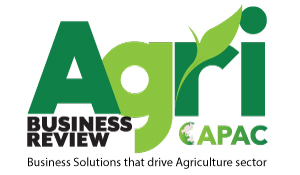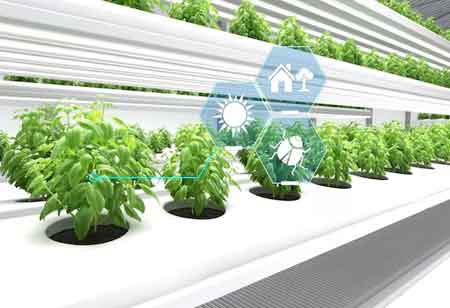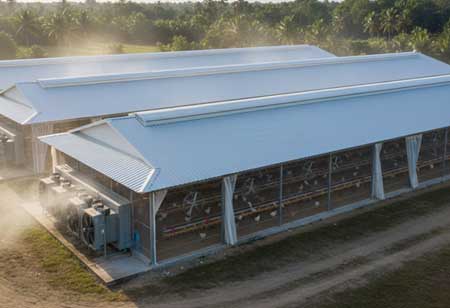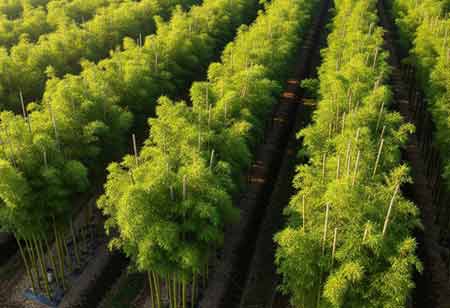Thank you for Subscribing to Agri Business Review Weekly Brief
Agri-Waste to Wealth: Turning Farm Waste into Business Opportunities in Europe
Europe's "agri-waste to wealth" movement transforms agricultural by-products into valuable resources, promoting sustainability, innovation, and economic growth while reducing environmental impact.
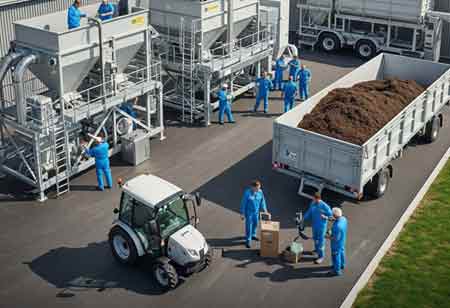
By
Agri Business Review | Friday, July 04, 2025
Stay ahead of the industry with exclusive feature stories on the top companies, expert insights and the latest news delivered straight to your inbox. Subscribe today.
Fremont, CA: Europe's agricultural sector, a cornerstone of its economy, generates a substantial amount of waste annually. From crop residues and animal manures to processing by-products, this "agri-waste" has traditionally been viewed as a disposal challenge, often resulting in environmental issues such as greenhouse gas emissions and water pollution. However, a transformative shift is underway across the continent. Visionary entrepreneurs, innovative researchers, and supportive policies are increasingly recognising agri-waste not as a burden, but as a valuable resource brimming with untapped potential – an actual "waste to wealth" opportunity.
The Opportunity: A Goldmine of Innovation
The transition from "waste" to "wealth" is being accelerated by a wide range of innovative technologies and circular business models that transform agricultural and organic by-products into valuable resources. In the energy sector, anaerobic digestion of animal manure and crop residues produces biogas for electricity, heat, or transport fuel, with countries like Germany and Denmark leading the way. Pyrolysis processes generate biochar, which sequesters carbon and enhances soil health. Simultaneously, agri-waste is being repurposed into biodegradable packaging and sustainable building materials, such as insulation and particle boards made from straw, hemp, or flax shives.
In agriculture and beyond, organic waste is converted into compost, biofertilizers, and natural crop inputs, such as biopesticides and bio-stimulants, thereby reducing the need for synthetic chemicals. Insect farming utilising food processing waste is gaining momentum as a sustainable source of high-protein feed for livestock and aquaculture. Research also explores the direct use of processed agri-waste as novel animal feed ingredients. Fruit peels, seeds, and other by-products are tapped for high-value bioactive compounds—such as antioxidants and essential oils—used in pharmaceuticals, cosmetics, and nutraceuticals.
Enablers and Drivers for Growth
The "agri-waste to wealth" movement in Europe is gaining momentum, driven by a convergence of regulatory, technological, economic, and societal factors. At the policy level, the European Union’s Circular Economy Action Plan, supported by national strategies promoting renewable energy, waste reduction, and bio-based industries, provides a robust regulatory framework alongside financial incentives. Technological advancements in biorefinery processes, enzyme applications, and waste processing equipment are enhancing the efficiency and economic viability of agri-waste conversion. Simultaneously, growing consumer demand for sustainable and eco-friendly products is creating a strong market pull for bio-based alternatives. Investment from venture capital, public funding, and collaborative efforts among research institutions, businesses, and farmers are also playing a pivotal role in scaling these initiatives. Furthermore, rising input costs—particularly for synthetic fertilisers and animal feed—are encouraging farmers to explore agri-waste valorisation as a cost-effective and sustainable solution.
The "agri-waste to wealth" movement in Europe is more than just a trend; it's a fundamental shift towards a more sustainable and resource-efficient future. The journey from waste to valuable resource is not just an opportunity; it's a necessity for a truly circular and prosperous Europe.
